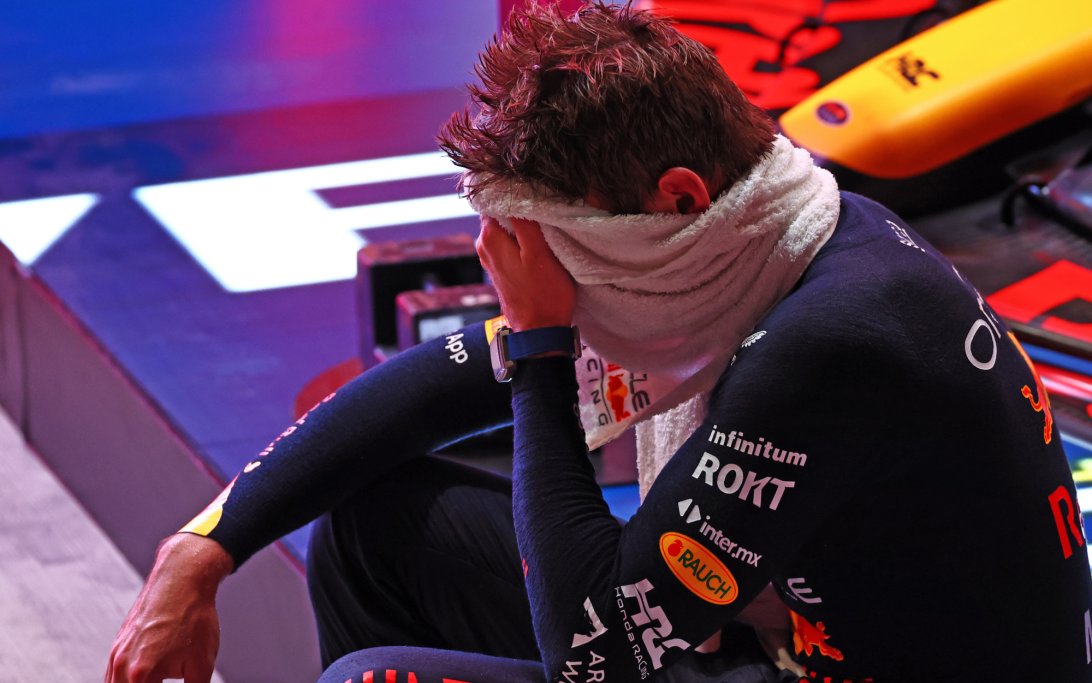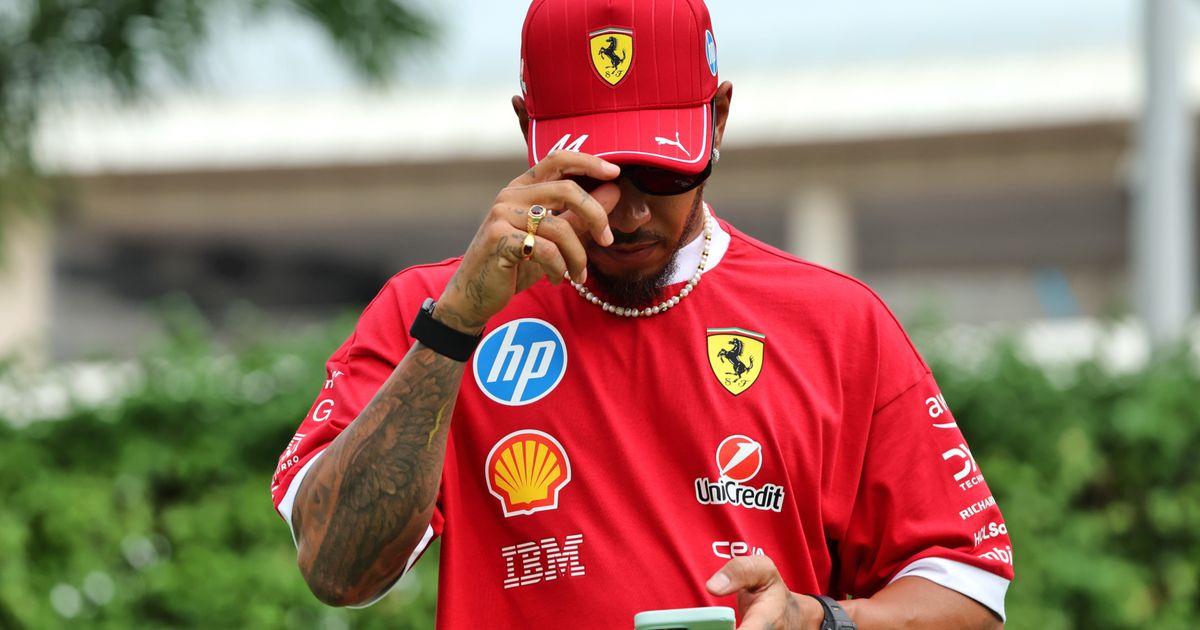
Max Verstappen's F1 Title Overshadowed by Driver Illness at Brutal Qatar Grand Prix
The 2023 Qatar Grand Prix, held two years ago to the day, saw Max Verstappen clinch his third world title. However, the event is more vividly remembered for pushing Formula 1 drivers to their physical breaking points in dangerously extreme conditions, leading to widespread illness and even temporary loss of consciousness for some.
Why it matters:
- The 2023 Qatar Grand Prix became a stark reminder of the physical toll F1 racing can take, prompting a re-evaluation of driver safety and environmental considerations in race scheduling.
- The incident highlighted the need for the FIA to adapt regulations to extreme weather, ensuring driver well-being doesn't become secondary to the sporting spectacle.
The Details:
- Extreme Heat and Humidity: The race, unusually scheduled for early October, saw temperatures in the low 40 degrees Celsius range with minimal wind, creating a stifling environment.
- Mandatory Three-Stop Strategy: Pirelli's concerns over tyre integrity on the high-speed kerbs forced a mandatory 18-lap stint limit per tyre. This resulted in a minimum three-stop race, allowing drivers to push flat-out without tyre degradation concerns, intensifying the physical demands.
- Driver Accounts of Illness: Several drivers suffered significantly:
- Esteban Ocon (Alpine): Vomited inside his helmet from as early as Lap 15 but continued to finish seventh.
- Lance Stroll (Aston Martin): Claimed to have lost consciousness in some corners towards the end of the race, particularly the triple-apex fast right-handers.
- Logan Sargeant (Williams): Retired due to heatstroke and dehydration after 40 laps, requiring medical attention.
- Sprint Race Discrepancy: The earlier Sprint race, which was largely run behind a safety car, did not reveal the extent of the brutal conditions, masking the potential hazards of the main Grand Prix.
What's next:
- Following the 2023 incident, the FIA launched an investigation and has implemented new regulations for 2024 to mitigate such risks.
- Enhanced Cooling: Additional driver cooling vents were mandated for the front of cars.
- 'Heat Hazard' Protocol: A 'heat hazard' can now be declared if temperatures are forecasted to exceed 31 degrees Celsius during a race weekend.
- Cooling Vests: Driver cooling vests were introduced for the 2025 Singapore GP, with every car required to have the system installed. While optional in 2025, their mandatory introduction is set for 2026, despite some opposition, including from Max Verstappen.
The Big Picture:
The extreme conditions in Qatar underscored the critical balance between sporting challenge and athlete welfare. The FIA's rapid response with new regulations aims to prevent a recurrence, ensuring the sport evolves to protect its participants while maintaining its demanding nature. The ongoing debate around mandatory cooling vests for 2026 highlights the continuous effort to refine safety measures in an ever-evolving sport.
Original Article :https://racingnews365.com/max-verstappen-f1-title-overshadowed-as-drivers-left-i...









